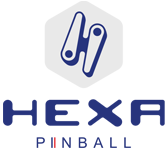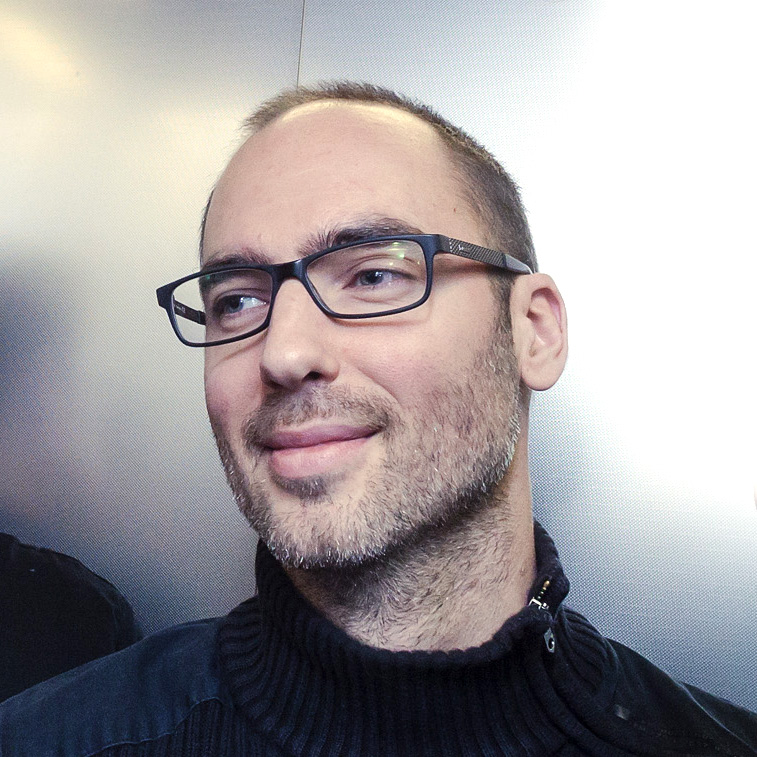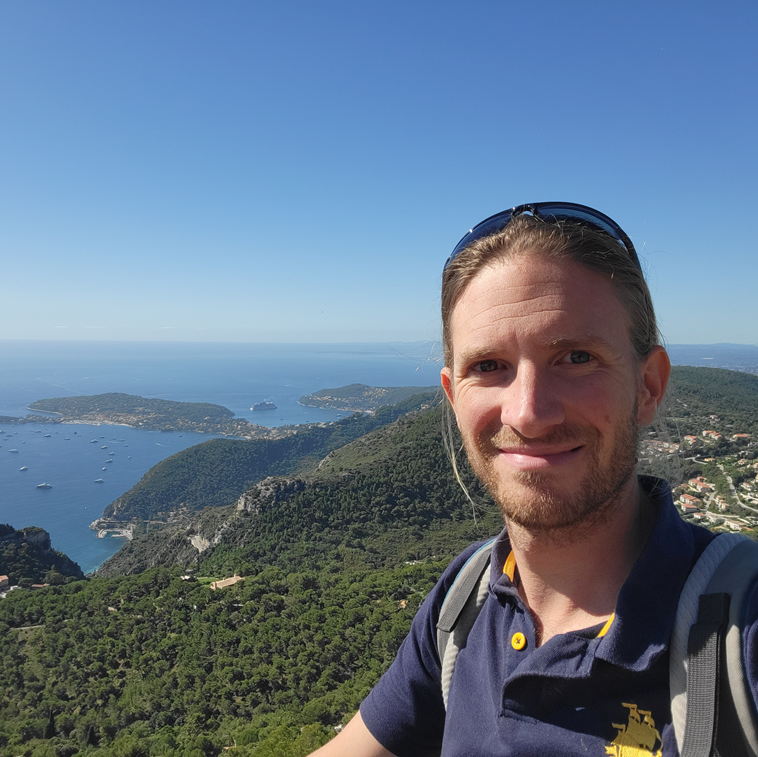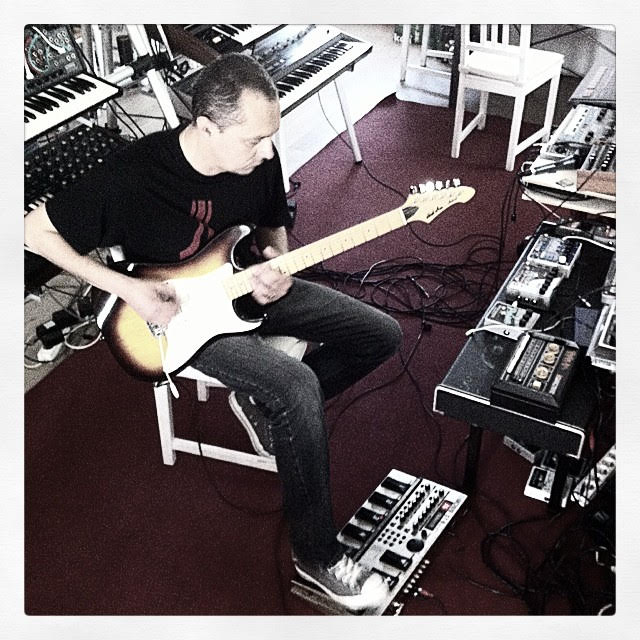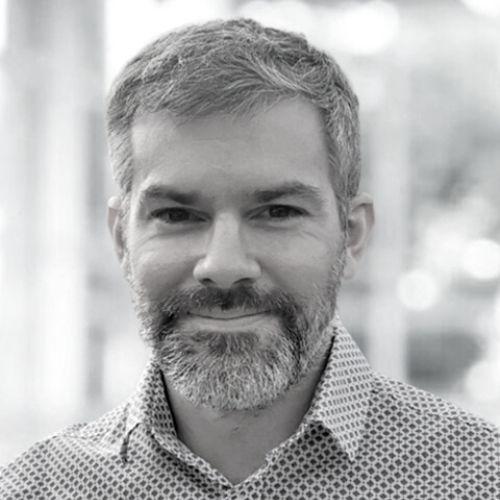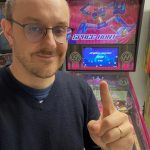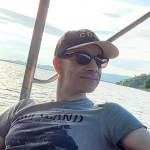Interview with Luis Dos Santos – Game designer
by Sabine Botella
Hello Luis, thank you for agreeing to this interview. Can you tell me how you became a game designer?
As far as I’m concerned, I’m self-taught and became a game designer by observing. My initial training was in graphic design and art direction, which explains my interest in game design. Very curious by nature, I’ve done a lot of research into game design and watched numerous videos on the subject, which has enabled me to acquire the skills required in this field.
Game Designer is a profession that can touch on many games, and we immediately think of video games. It seems to me that you have a pinball specificity, is that right?
Indeed, it is a fairly broad term and yes, we often think of video games, but it is also a field where there are many professionals, so I preferred to specialize in mechanical games, and more specifically in pinball. There are few skills in this field in Europe, and even fewer in France, unlike in the United States, where the market has continued to grow despite a decline in activity over a few years, corresponding to a bygone fad.
The desire to become a Game Designer was a long journey that began with the purchase of my first pinball machine. I opened it to see how it was made and that’s where it all began. I specialized in pinball but I also worked on an Arcade cabinet that has a mechanical principle and that you control with joysticks.
Do you remember your first encounter with a pinball machine?
I kind of missed out on the Pinball years, when they were in bars and people put coins in to play. In the 2000s, when I was a teenager, it was already out of fashion, you didn’t see much of it, it was more the era of home video games and arcade terminals, so I didn’t really experience that golden period. I do remember playing them once with my father when I was a child, but it was only later that I became really interested. I stumbled across an advert on the bon coin and bought one, then two and more … and I became fascinated by the object. These pinball machines were more or less functional or in a state of disrepair, so I started by repairing them and immersing myself in the mechanical side of the game.
So you were more interested in mechanics, how did the switch to game design come about?
I started off behind the scenes and learned how things worked, and took the plunge into design when I met Scott Danesi, who had a website on which he shared his experiences of designing his first pinball machine. He was also working on his own in his garage, and even though he had greater resources than me in terms of equipment, his explanations cleared up a lot of grey areas, and that allowed me to give it a try. Initially, I worked on a virtual 3D pinball machine, which I had no idea would become the basis of today’s “Space Hunt”. A second lever enabled me to move from the virtual version to a physical one, and that was my meeting with Romain Fontaine, whom I discovered through social networking. After telling him about my plan to move on to the production phase, Romain invited me to meet him and spend a week in his offices at Team Pinball to show me how he worked. This meeting was essential and enabled me to move on to the production phase, as well as working on a different Pinball machine from my own. Then, on the strength of this experience, I had my board made and the mechanisms assembled, and so the first prototype was born. This was the very beginning of coding the first missions using a royalty-free framework. I wanted to make it playable and test it out with friends who were pinball enthusiasts.
If you were to break down the different phases in the creation of a pinball machine, at what point does design come into play?
Design comes upstream of everything, it’s the equivalent of a study phase, it’s the architectural phase of the game. I always carry a sketchbook with me, in which I sketch out ideas and broad principles. These can be marble movements, game elements, all elements that can later be used. For me, this is an important phase that precedes any game design; it’s a sort of idea box from which I can draw. Then, when all the ideas have taken shape, I move on to the 3D phase and play in virtual reality. I test the board, the ball movements, I check the trajectories… It’s an important phase that leads me to work on certain points, sometimes modifying others or discarding them. It’s really on the basis of this work that the platter is created.
How do you organize your work with the video artist and musician?
Avant de travailler avec eux il faut avoir déterminé le thème et avoir des éléments graphiques pour communiquer un cahier des charges. Sur le « Space Hunt » c’est un peu particulier car c’est un projet que j’avais mené pour moi et je possédais déjà des éléments graphiques. J’avais aussi réalisé un projet de Translight, l’image sur le fronton du flipper, c’était un univers de science-fiction et cela permettait de donner une direction graphique car à la base je suis graphiste illustrateur. Une fois validés le thème et l’implantation des éléments et mécanismes sur le plateau j’ai retravaillé les dessins du plateau. C’est à ce moment que sont intervenus Alexandre Labedade pour le graphisme 3D avec les vidéos d’animation et Hervé Coussillan pour la musique et le bruitage. C’est tout naturellement que j’ai supervisé cette phase et partagé des ressources graphiques pour alimenter les vidéos le tout accompagnées d’un storyboard.
What was your first contact with Hexa Pinball like?
Alexandre Mak and I didn’t know each other, but he came to see me, and I really liked the immediate synergy, even if I was a bit reserved at first. A project is all about meeting people, and we were on the same wavelength. I’d been working on this project, which I’d put on hold because I’d already invested a lot of money in it. I showed him the prototype, but I also told him that we’d have to do some more work to improve the game mechanically, because the transition from 3D to the real thing doesn’t always work – there are other physical parameters involved. This meeting was a dream for me, to meet someone serious who could accompany “Space Hunt” to market was beyond my expectations. I’d already had proposals, but they weren’t serious, so I finally saw in this meeting the opportunity to see this work through to the end. We agreed to keep the “science-fiction” theme, with aliens, a hero and battles, all of which could correspond to a pinball theme.
Didn’t you think it was a totally crazy project?
I already knew it was crazy, but that’s what made the project so interesting. Nobody had dared to do it before, but creating the first French pinball machine is exciting, and if I had to do it all over again, I’d do it with them without hesitation! In fact, I can’t wait to go through the whole process again for my next pinball machine: starting from scratch is an incomparable pleasure. The idea, the design, bringing the pinball machine to life and creating a new gaming experience for enthusiasts is the whole process that fascinates me.
Now that “Space Hunt” has been released and tested by enthusiasts, are you satisfied with the result?
It’s a job that could be never-ending in its quest for perfection, and at one point we had to decide that Flipper was finished and would be presented to the public. I’m a very demanding person, and I had to learn to put a stop to it. Looking back now, I don’t see how we could have done any better, given the constraints of a business. I’m very happy with the result and with the feedback from players. French pinball has its place on the international market, and few people imagine that we’re a small company. The quality, the surprise of the game, the level of play, we’re all there.
What’s next?
I’ve still got my little notebook and I can’t wait for the moment when Alex and Christophe say “let’s go”. In the meantime, I’m trying to switch off and unleash my creativity to get ready, and I’m filling the pages of my notebook with my research.
